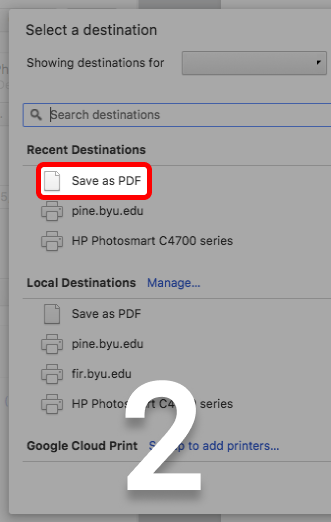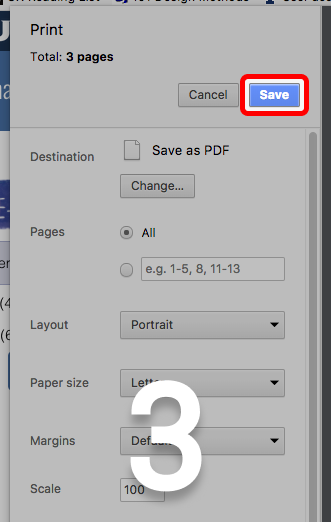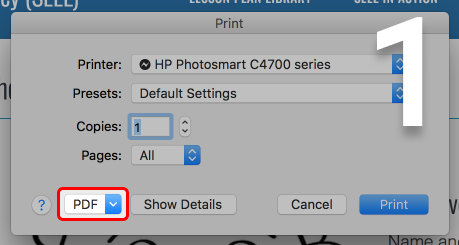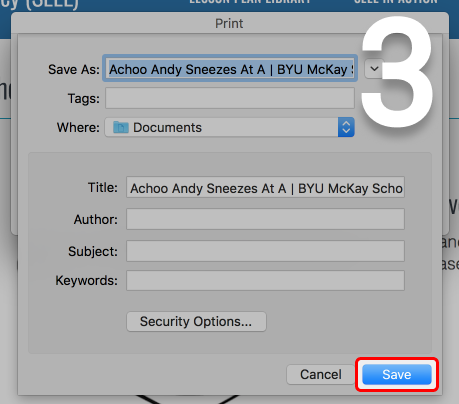The Dot

Objective
Blend a beginning consonant or consonant blend with -ot words to make words such as hot, dot, and spot.
Lesson Plan
Target Words:
- dot
- hot
- not
- spot
Materials:
- Paper
- Various colors of paint
- Paintbrushes
- The Dot target text
- Who Has Got the Dot? target text
- Book: The Dot by Peter H. Reynolds (optional)
State and Model the Objective
Tell the children that they will play with lots of colorful dots as they add sounds to the -ot ending to make words such as dot, hot, not, and spot.
Literacy Activities
Hot or Not Dot
- Read The Dot by Peter H. Reynolds (optional).
- Explain to the children that the colors red, orange, and yellow are called “hot” colors, and that green, blue, and purple are called “cool” colors—they are not hot.
- Have a child come to the front, choose a color of paint, and paint a single dot on the paper.
- Ask the children, “Is this (e.g., red) dot hot or not hot?” and point out that hot and dot end in -ot.
- Have everybody shout out together, “Hot!” if the color is red, orange, or yellow or “Not hot!” if the color is green, blue, or purple.
- Repeat until all children have had a turn drawing a dot on the large piece of paper.
- Look at the class dot picture together, and decide if the overall image is hot or not hot.
- Review the -ot words from the activity (hot, dot) then talk about the activity with the children using lots of -ot words (e.g., "There are a lot of hot dots." "Which spot has the most hot dots?")
Guess the dot’s color
- Read The Dot target text (see below) to the class.
- Follow the directions of the text to create new colors.
- Fill in the blanks when the children figure out what colors are being created.
Read target words in a text
- Display The Dot target text and read it again, this time together as a group.
- Read the text again fading support.
- Have the children underline the words that end in -ot.
- Repeat with the target text Who Has Got the Dot? (optional).
Read More
SEEL Target Texts
The Dot
Find the red pot.
Find a spot for a red dot.
Find the blue pot.
Paint a blue dot on top of the red dot.
Now what color dot have you got?
“I’ve got a ___ dot.”
Find a spot for a red dot.
Find the blue pot.
Paint a blue dot on top of the red dot.
Now what color dot have you got?
“I’ve got a ___ dot.”
Rinse your brush in the water pot.
Find the yellow pot.
Find a spot for a yellow dot.
Find the blue pot.
Paint a blue dot on top of the yellow dot.
Now what color dot have you got?
“I’ve got a ___ dot.”
Find the yellow pot.
Find a spot for a yellow dot.
Find the blue pot.
Paint a blue dot on top of the yellow dot.
Now what color dot have you got?
“I’ve got a ___ dot.”
Rinse your brush in the water pot.
Find the red pot.
Find a spot to paint a red dot.
Find the yellow pot.
Paint a yellow dot on top of the red dot.
Now what color dot have you got?
“I’ve got a ___ dot.”
Find the red pot.
Find a spot to paint a red dot.
Find the yellow pot.
Paint a yellow dot on top of the red dot.
Now what color dot have you got?
“I’ve got a ___ dot.”
Rinse your brush in the water pot.
Now find a spot to sign your dot paper!
Now find a spot to sign your dot paper!
Who Has Got the Dot?
Dot, dot, who has the dot?
Spot, spot, where is the spot?
Do you have the dot?
No, you do not.
Do you have the spot?
No, you do not.
Dot, spot, where is the dot?
Spot, dot, who has the spot?
You have a spot!
I see the dot!
Now I get your spot,
and you find the dot!
Spot, spot, where is the spot?
Do you have the dot?
No, you do not.
Do you have the spot?
No, you do not.
Dot, spot, where is the dot?
Spot, dot, who has the spot?
You have a spot!
I see the dot!
Now I get your spot,
and you find the dot!
Read More
SEEL At Home
Print
Objective
Blend a beginning consonant or consonant blend with -ot words to make words such as hot, dot, and spot.
Materials
- Two pieces of paper
- Red, yellow, orange, blue, green, and purple markers
Activity: The Dot
- Have your child tell you about hot and cool (not hot) colors.
- Review that red, yellow, and orange are hot colors, and blue, green, and purple are cool colors, which are not hot.
- Have your child choose a color and make a single dot on a piece of paper.
- Ask, "Is (color chosen) hot or not hot?"
- Have him or her respond "Hot!" if the color is red, orange, or yellow or "Not hot!" if the color is green, blue, or purple.
- Take turns drawing dots and responding to the question.
- Look at the dot picture together, and decide if the overall picture is hot or not hot.
- On another piece of paper, have your child draw a large dot outline, and help him or her write all the -ot words he or she can think of inside the dot.
Read More
Standards
SEEL lessons align with Common Core Standards. Please see the standards page for the code(s) associated with this lesson.

http://education.byu.edu/seel/library/
51900
The Dot











